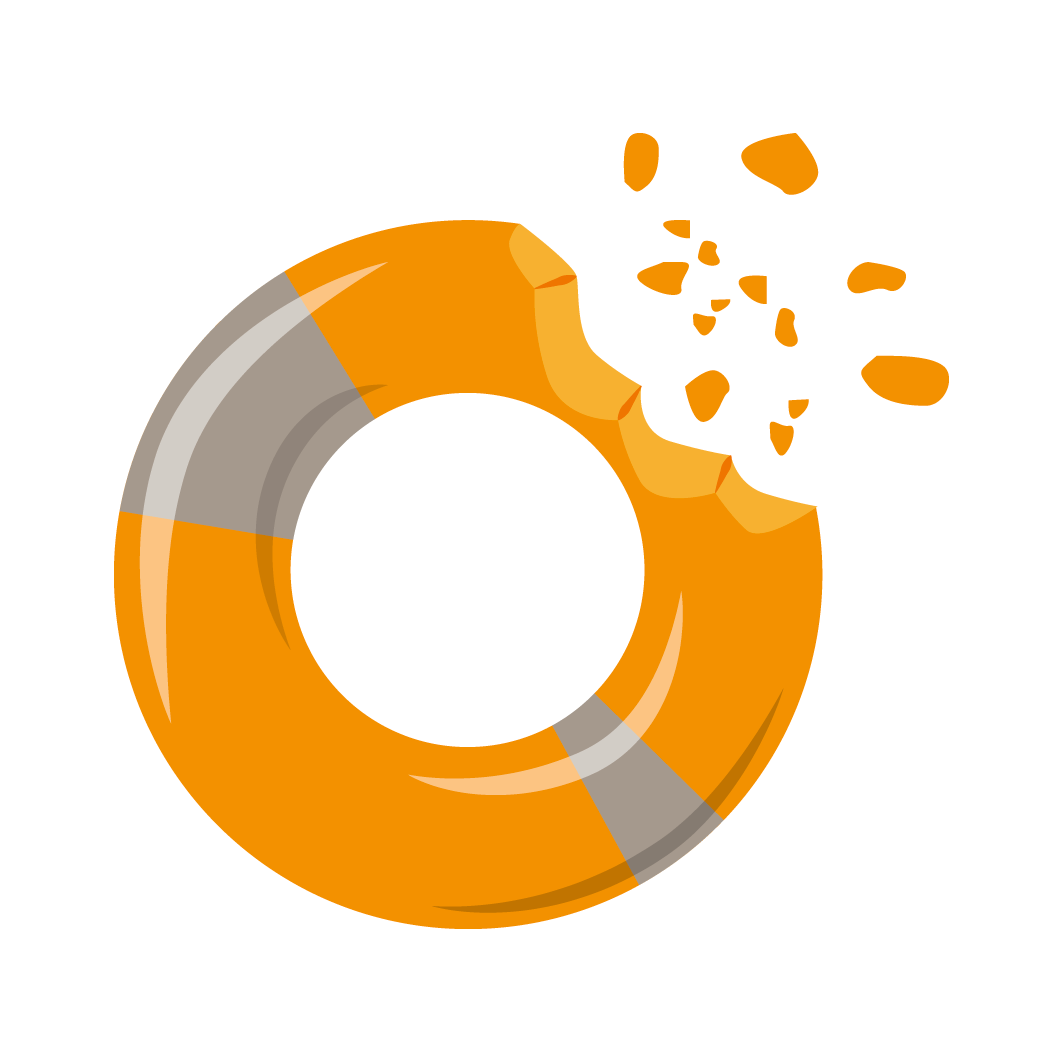ESGCT 2023 – Lunchtime symposium | Oct. 26
Find us at the ESGCT 30th ANNUAL CONGRESS in Brussels: Booth 98/99
Join our lunchtime symposium:
"Minicircles: next-generation gene vectors with high potential for clinical applications"
The promise of gene therapy in the clinic is dependent on the efficient delivery of the corresponding nucleic acids into target cells or tissues. The field has seen some major advances with both viral as well as non-viral vectors as delivery vehicles. Plasmid DNA containing the gene of interest continue to serve as essential starting material for both these strategies. In the past few years, regulatory development has resulted in the need for safe and advanced next generation delivery vehicles. Among many alternatives presented in the field, minicircles offer certain unique advantages and these would be focused upon during this symposium.
Minicircles are plasmid derivatives engineered to be devoid of bacterial sequence elements such antibiotic resistance genes or replication origin. In this way, they represent a meaningful adaptation of the idea of a gene delivery vehicle – without the problematic and unnecessary sequence elements. Apart from the reduction in size compared to the original plasmid, the trimming away of excess sequence enables the molecule to better evade host immune responses ultimately being better poised to circumvent gene silencing scenarios post-transfection. Moreover, with the removal of the resistance genes, these constructs are a safe bet from a regulatory standpoint going forward to the next generation of gene therapies.
Thanks to the reduction in size, for example, the amount of DNA required for nucleofecting T-cells can be reduced. Our collaborators used a non-viral sleeping beauty-based transposition to generate CAR-T cells whereby a higher transposition rate was noticed while using minicircles as compared to plasmids. The reduced DNA toxicity experienced by the cells contributed ultimately to a higher yield of CAR-modified T cells. These minicircles were produced in High Quality grade allowing for the GMP production of such CAR T cells which have actually entered the clinic.
When used for AAV production, minicircles offer certain unique advantages. The absence of undesired backbone sequences removes the possibility of these sequences being falsely packaged into the transfer vectors. In one of the studies by our collaborators, a head-to-head comparison with the use of plasmids revealed up to a four-fold increase in vector genome yield.
Furthermore, minicircles are now being used to generate new and better viral vectors based on other systems which will also be showcased in this symposium.
Finally, PlasmidFactory will touch upon certain unique aspects of these minicircles and elucidate where they stand among the different types of minimal expression cassettes. This would help to bring much needed clarity among gene therapy researchers in this fast-changing landscape.
Why is PlasmidFactory’s minicircle so awesome?
Get more answers at the ESGCT in Brussels from our invited speakers experienced in the application:
Univ. -Prof. Dr. med. Michael Hudecek, University Hospital, Würzburg, Germany
Advanced strategies for gene transfer and gene editing in CAR-T cells
Dr. Kathrin Teschner, Sartorius Xell GmbH, Schloss Holte-Stukenbrock, Germany
Use of minicircles for the production of AAV in HEK293 cells
Dr. Thijs Gerritzen, Amarna Therapeutics, Leiden, The Netherlands.
Generation of a new, re-dosable, SV40 viral vector based on minicircle DNA
Session chaired by:
Dr. Daniel Scherman, Université Paris Descartes, Paris, France
Dr. Martin Schleef, PlasmidFactory GmbH, Bielefeld, Germany

